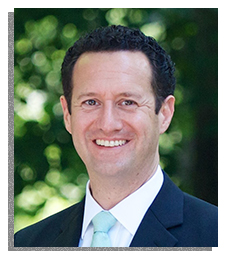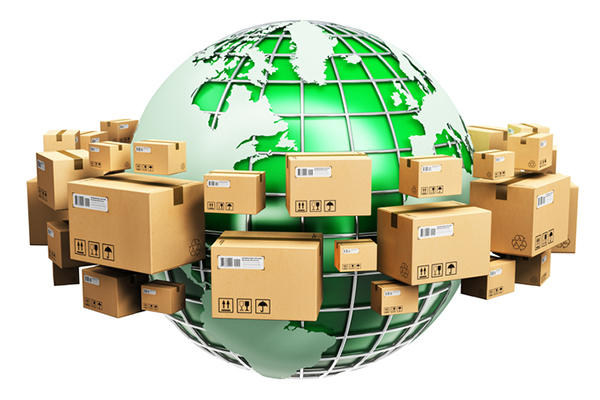 Editor’s Note: John Blake is a Senior Director Analyst for Gartner Supply Chain Practice
Editor’s Note: John Blake is a Senior Director Analyst for Gartner Supply Chain Practice
Around the world, COVID-19 has posed many unexpected challenges, but it has also shown the great resiliency and willingness of individuals and organizations to adapt, survive and in some cases thrive in these challenging times.
Meanwhile issues that have existed for decades, such as the paradox of (plastic) packaging, remain largely unaddressed. The 2020s mark a breaking point as production of packaging and plastics is expected to continue to grow to unmanageable levels - a billion tons of plastic will be added to the Earth by 2040 unless drastic action is taken. With limited infrastructure and poor recycling rates, that plastic is destined for our oceans, beaches and drinking water. Microplastics have already been detected in locations including the Alps, the Arctic and remote islands.
The Pandemic’s Impact
The COVID-19 pandemic has not only impacted economies and created a health crisis. It has changed the landscape of how packaging is used and what packaging is used. Early in the coronavirus crisis, the packaging megatrends of e-commerce and convenience saw unprecedented growth — leading to increases in packaging consumption and plastics to meet hygiene concerns.
The challenge for manufacturers and retailers, both traditional and e-commerce, is that the lack of cost-effective and efficient e-commerce packaging was never fully addressed prior to the pandemic. As consumers suddenly and significantly increased their shopping through e-commerce, organizations were forced to react to meet the demand while still using packaging designed for traditional retail and not fit for the purposes of e-commerce.
In today’s postpandemic world, e-commerce sales are expected to continue to rise as many consumers have come to prefer the associated safety and convenience benefits. However, this growth in e-commerce sales will continue to drive an environmental crisis spurred by consumers’ appetite for packaged products greatly outpacing the global infrastructure’s ability to manage, contain and reuse these materials. Unfortunately, the packaging industry has gotten so good at producing packaging that it is more cost-effective to throw packaging away after a single use than it is to reclaim it.
Addressing the Problem
There has been some progress. Sustainable packaging initiatives saw dramatic growth in the past few years, with emphasis on measurable packaging improvements. Organizations like the Ellen MacArthur Foundation (EMF), which was founded in 2010, have brought awareness to the use of packaging and the harmful effects of the mismanagement of packaging and plastic waste. EMF and other organizations, foundations and consortiums have been platforms for setting aggressive sustainable packaging goals and to join forces to solve some of packaging’s most difficult challenges.
Notable progress was made from 2013 through 2019, although the baseline was very low or non-existent. The year 2013 saw the first gathering of experts under the Circular Economy 100 Summit led by the EMF. In 2017, over 40 industry leaders endorsed a global action plan on plastic packaging, including some of the most well-known brands in the consumer packaged goods (CPG) and food and beverage industries. In October 2019, the EMF and the United Nations Environment Programme published the first annual New Plastics Economy Global Commitment progress report. In one year, the number of members of the signatory group grew from 250 to more than 450. This group includes six of the top 10 global fast-moving consumer goods (FMCG) companies, seven of the top 10 global plastic packaging producers and five of the top 15 global retailers.
Public announcements of sustainable packaging goals have become common in the highly visible CPG industry and are now being taken up in other sectors. Goals primarily target recycling, reuse and reduction. Targets are set for 2025 and 2030, but despite these ambitious goals we are still producing excessive amounts of packaging and the infrastructure cannot handle the volume and scale. Still today, many materials that are 100% recyclable have low single- and double-digit recycling rates.
Challenges Persist
One key issue is a lack of global infrastructure to collect, process and reintroduce post-consumer packaging back into a circular economy. The economics are just not there. Without government and industry funding, virgin materials will still be cheaper and easier to process than reclaimed packaging. The lack of scale is so bad that several brands with strong commitments for recycled content are taking stakes in startups to assure they can get access to the materials they need to meet their needs.
Plastic films remain one of the most challenging packaging formats. The material is not compatible with existing recycling equipment. If introduced, it binds up equipment, causing shutdowns for cleaning and removal. A pilot launched in 2019 and funded by Materials Recovery for the Future has one recycling facility in Pennsylvania testing equipment upgrades to process thin film plastics. This is only one of more than 600 recycling facilities in the United States that would also need equipment upgrades. All this can prove the ability to process thin film plastics — but we still need an aftermarket for the recycled materials. Ultimately, economics will drive any significant progress in this area.
Packaging waste has been an issue ignored for decades. Especially as e-commerce sales continue to rise in the wake of COVID-19, sustainable packaging initiatives need to be prioritized to lessen the destructive environmental impact that exists today and will only worsen if unaddressed.
SC
MR


Latest Supply Chain News
- Few executives believe their supply chains can respond quickly to disruptions
- Technology’s role in mending supply chain fragility after recent disruptions
- Tech investments bring revenue increases, survey finds
- Survey reveals strategies for addressing supply chain, logistics labor shortages
- Israel, Ukraine aid package to increase pressure on aerospace and defense supply chains
- More News
Latest Podcast

 Explore
Explore
Business Management News
- Few executives believe their supply chains can respond quickly to disruptions
- Technology’s role in mending supply chain fragility after recent disruptions
- Survey reveals strategies for addressing supply chain, logistics labor shortages
- How CPG brands can deliver on supplier diversity promises
- How S&OP provides the answer to in-demand products
- AI, virtual reality is bringing experiential learning into the modern age
- More Business Management
Latest Business Management Resources

Subscribe

Supply Chain Management Review delivers the best industry content.

Editors’ Picks





